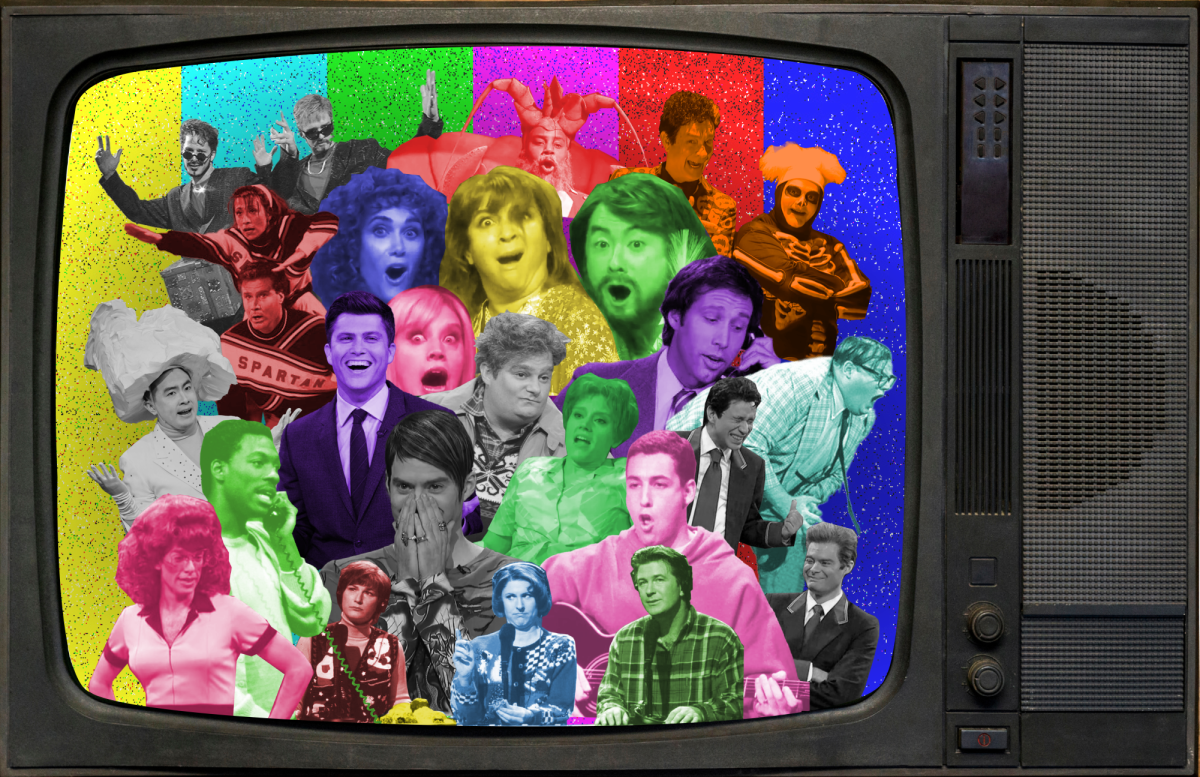By Lisa Nault
Staff Writer

Through sweat, blood, and tears comes Director Damien Chazelle’s Oscar-nominated film “Whiplash.” Starring Miles Teller as a determined young drummer named Andrew, this film entrances audience members immediately with the hypnotic escalation of drumming that accompanies the opening credits.
The premise of the story is simple: Andrew wants to become a legendary drummer like Buddy Rich so he begins to study at the best music college in the country under a teacher who can make people achieve their potential—but under controversial methods. There are few films that have enveloped me so much in the story being told that I experience every emotion of the main character. “Whiplash” is one of those movies.
By far one of the most compelling aspects of the film comes from Miles Teller’s performance as Andrew. Teller fully captures the pressure the character places on himself as well as the anxiety evoked by the physical and mental abuse from his teacher, Fletcher. It is visible in his face, his body language, and his eyes. It was essential for Teller to portray someone whose determination is both impressive and disturbing.
There are moments in the film where viewers both encourage and condemn the main characters’ decisions.
In one scene, after Fletcher is verbally aggressive to him, Andrew begins practicing drumming to the point where his hands are bloody. His frustration causes him to punch through the drum set. He is passionate about getting the song perfect and I wanted him to prove to the teacher that he could rise above the abuse and is better than he is given credit for. However, at the same time, what Andrew is doing to himself is extremely unhealthy and I wanted him to realize that he needs to stop because his own wellbeing is at risk.
To make an audience member feel these two contrasting viewpoints simultaneously is highly impressive. J. K. Simmons, who played Fletcher, did receive a nomination for Best Supporting Actor, and certainly deserves it. I would have loved to see Miles Teller nominated for Best Actor in a Leading Role as well.
The cinematography in “Whiplash” is key to creating the film’s atmosphere and helps reveal the toll that Fletcher takes on Andrew. At the beginning of the film, the camera does a close up of Andrew when he is practicing, focusing on one or two blisters on his hands. After he begins taking Fletcher’s class, the close ups unveil that Andrew’s blisters are bleeding but he continues to practice despite the pain. Further into the movie, bleeding occurs more often. However, after a certain point the camera viewpoint shifts.
In one scene, Andrew is forced to practice continuously for five hours straight by Fletcher. The audience can see the blood on his drumsticks and the drums. However, it is Andrew and the drums, and not the blood, that comprise the focus of the shot. The audience has to pay attention to see the details. By not making the focal point the blood, the film mimickshow Andrew’s focus has changed to become solely on drumming. He does not keep his romantic relationship, he does not want any friends, and the is careless regarding his health, all because his life revolves completely around drumming.
For me, “Whiplash” has been one of the best films I have seen in a long time. The musical score fits the style perfectly— it is paired with scenes of intense anxiety and stress. The editing holds the audiences’ eyes glued to the screen, especially at the last act.
The film frames the provocative scenario of Fletcher being cruel and detrimental to his students—yet pushing so hard for success, for some, is achieved. There is a line between teaching and abuse, but there is also a line between working toward your dream and destroying your mental and physical health. I highly recommend “Whiplash,” but be aware going in you will see abusing images and may experience anxiety.



















